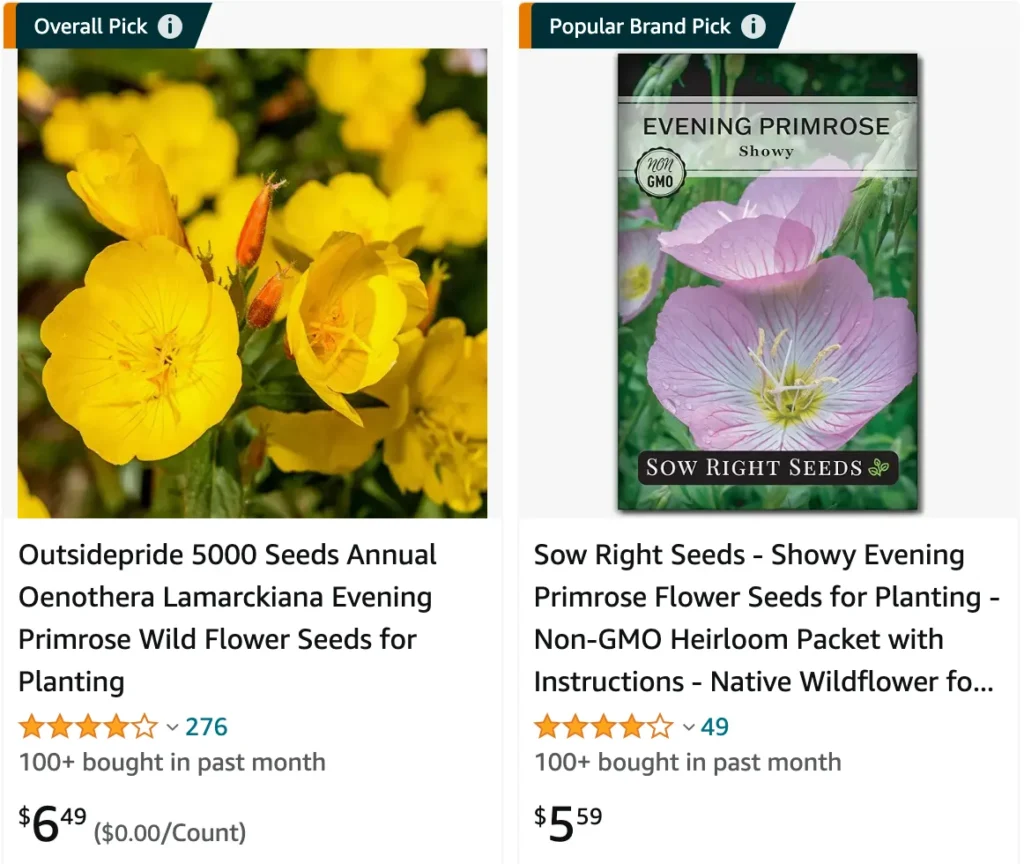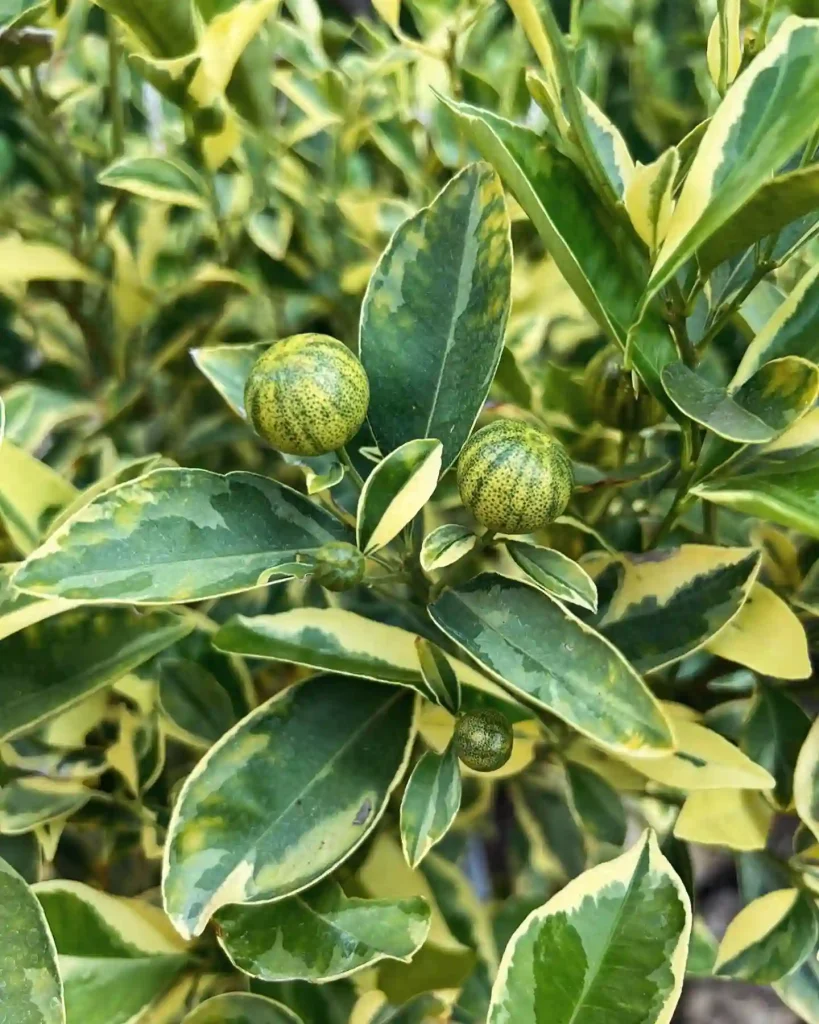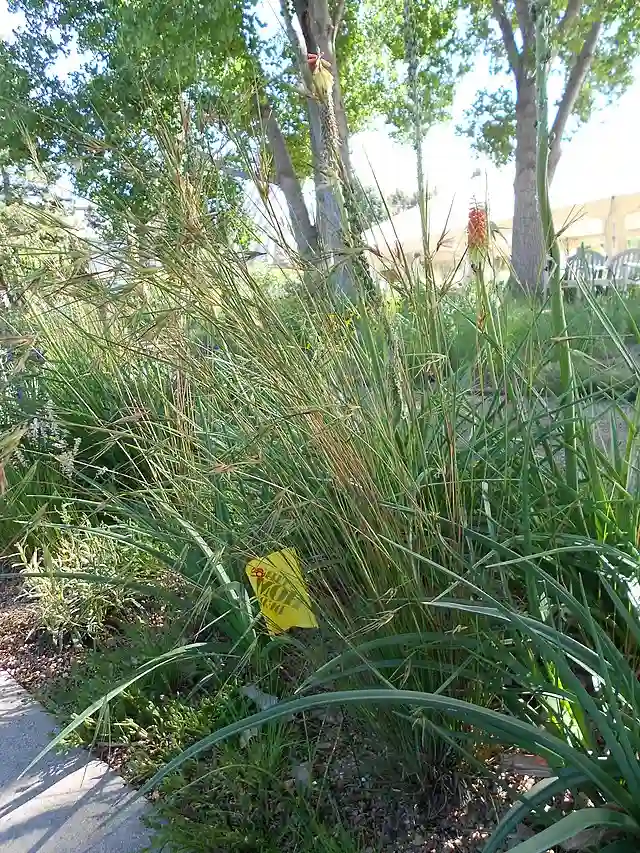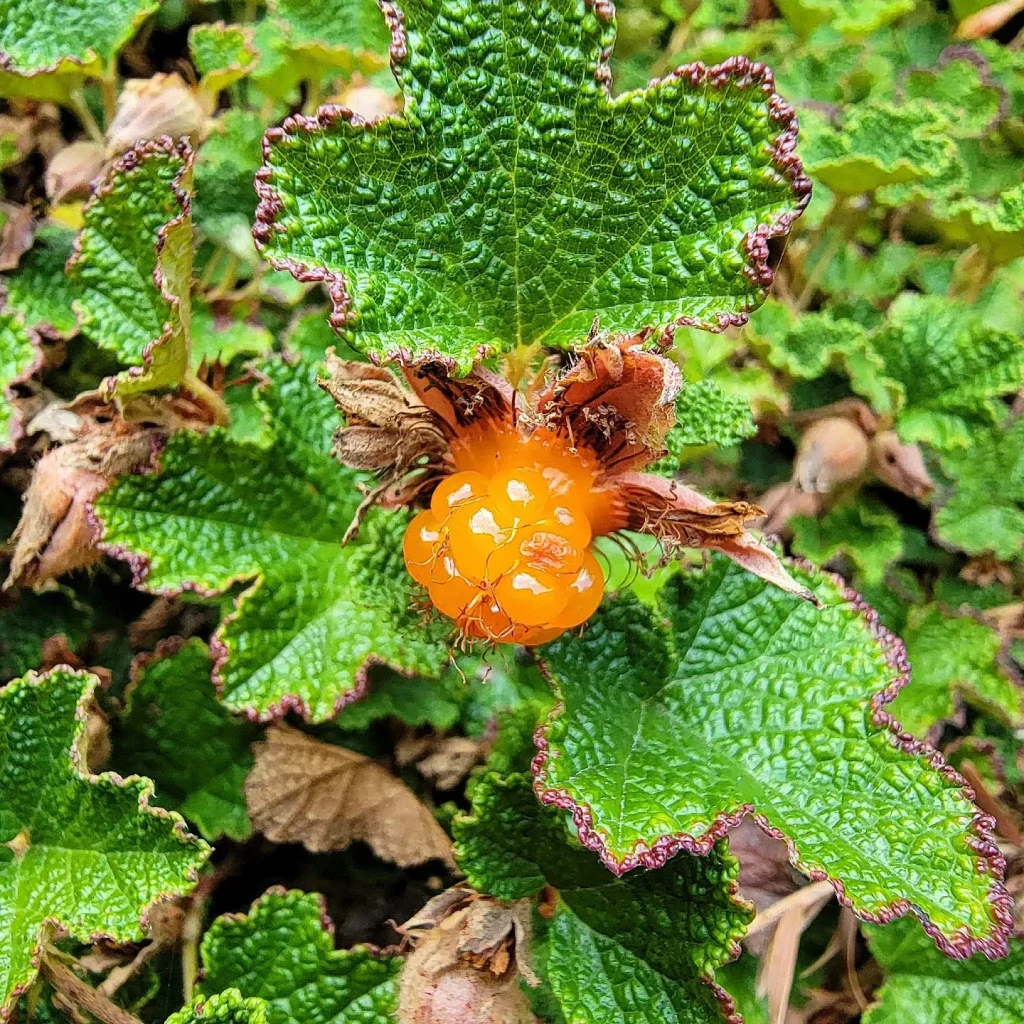
All About Oenothera Tetraptera: The Fourwing Evening Primrose
I’m Ferb Vu, and I’m fascinated by the natural world, particularly unique and beautiful flowering plants. Today, I want to delve into the captivating world of Oenothera tetraptera, also known as the Fourwing Evening Primrose.
This night-blooming beauty boasts a captivating presence in gardens and natural settings alike. But beyond its aesthetics, the Fourwing Evening Primrose offers a surprising amount of intrigue. So, whether you’re a seasoned gardener or simply curious about this captivating wildflower, this FAQ is for you.
165 Species in Genus Oenothera
What is Oenothera tetraptera?
Oenothera tetraptera is a flowering plant belonging to the Onagraceae family, commonly known as the evening primrose family. Native to the Americas, it thrives in regions stretching from the southern United States to northern South America. However, this adaptable wildflower has found a home in various parts of the world, including Europe, Asia, Africa, and Oceania, thanks to its naturalization capabilities.
Evening Primrose vs Primrose
I’ve grown Evening Primrose and Primrose side by side, and I find that Evening Primrose has a more relaxed, sprawling growth habit compared to the more compact and neat arrangement of Primrose.
Evening Primrose vs Sundrops
When it comes to Sundrops, I love their bright, cheery blooms that open up during the day, which contrasts with the Evening Primrose’s habit of flowering in the evening, adding a different dimension to my garden’s color scheme.
What are the key characteristics of Oenothera tetraptera?
The Fourwing Evening Primrose is an annual or short-lived perennial herb, typically reaching heights between 15 and 50 centimeters. Its most striking feature is the presence of four prominent wings or ridges running down its stem, hence the name “Fourwing.” These wings are formed by the fusion of leaf petioles (leaf stalks) and contribute to the plant’s unique visual appeal.
The true magic unfolds at dusk. Oenothera tetraptera produces several large, fragrant white flowers that unfurl in the late afternoon and remain open until around midday the following day. These night-blooming beauties attract pollinators like moths with their sweet scent, ensuring the continuation of the species.
Where can I grow Oenothera tetraptera?
The Fourwing Evening Primrose is a relatively easy plant to cultivate, making it a popular choice for both novice and experienced gardeners. It thrives in full sun locations with well-drained soil. Adaptable to various soil conditions, it tolerates sandy or clay-based soils as long as they drain well.
How do I care for Oenothera tetraptera?
Once established, Oenothera tetraptera requires minimal maintenance. Regular watering, especially during prolonged dry spells, is beneficial for optimal growth. However, avoid overwatering, as this can lead to root rot. Deadheading spent flowers throughout the season encourages continued blooming.
Does Oenothera tetraptera have any special requirements?
The Fourwing Evening Primrose is a self-seeding plant. Once established, it readily drops seeds, ensuring a vibrant presence in your garden for years to come. While this characteristic adds to its charm, it’s important to be mindful if you have limited space. You may need to implement strategies like deadheading before seeds mature or transplanting seedlings to designated areas to control its spread.
Are there any pests or diseases that affect Oenothera tetraptera?
Oenothera tetraptera is generally resistant to pests and diseases. However, in rare instances, it might be susceptible to attacks from aphids or slugs. Regularly monitoring your plants and employing organic pest control methods when necessary should suffice in keeping these issues at bay.
Can Oenothera tetraptera be used for anything besides aesthetics?
Some cultures have traditionally used various parts of Oenothera tetraptera for medicinal purposes. However, it’s crucial to consult with a qualified healthcare professional before using any plant for medicinal benefits. Self-treatment can be risky, and proper identification of the plant is essential to avoid unintended consequences.
Where can I find Oenothera tetraptera?
Oenothera tetraptera seeds are readily available online and at many garden centers. Additionally, you might find established plants at nurseries specializing in native or wildflower gardening.
Conclusion
The Fourwing Evening Primrose offers a delightful combination of visual intrigue, night-blooming magic, and minimal maintenance requirements. Whether you’re a seasoned gardener seeking a unique addition to your flower beds or a curious nature enthusiast, Oenothera tetraptera is sure to captivate with its beauty and resilience. So, why not consider welcoming this night-blooming wonder into your garden and witness its captivating evening display?
If i die, water my plants!


